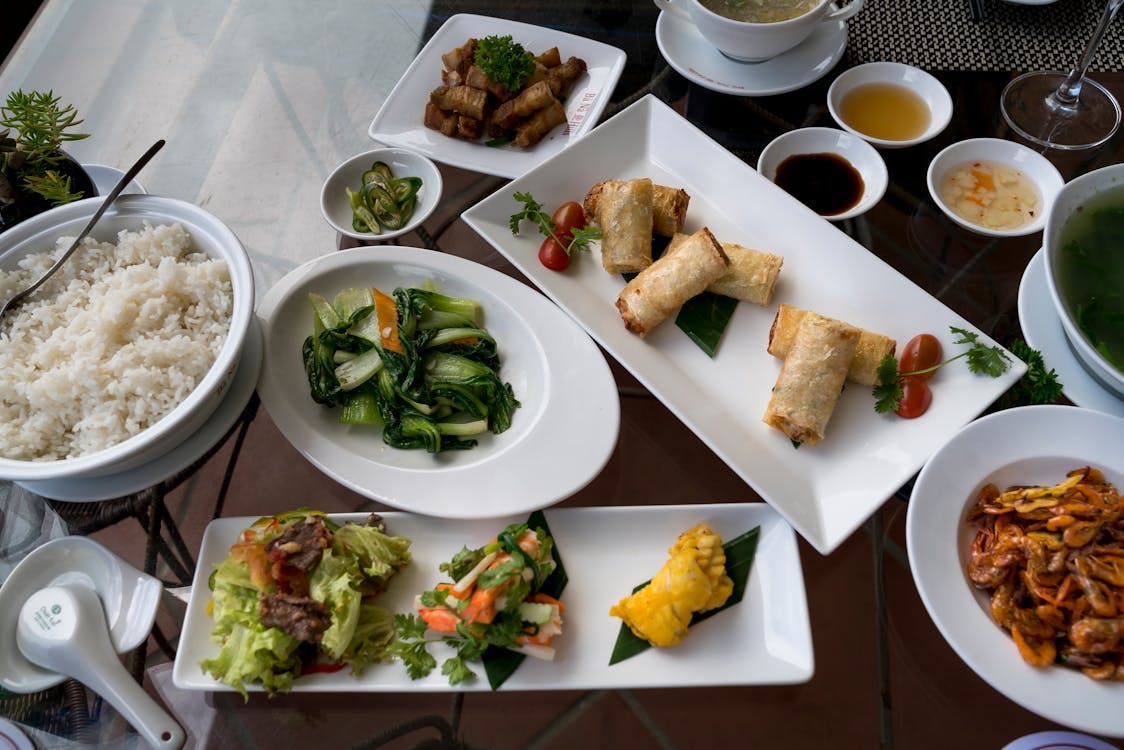How to Count Calories
Knowing exactly how much food you're eating is easier than you think.
Many things can stall your workout progress, and not having nutrition in check is one of them. Have you ever heard someone say they’ve been trying to lose weight or gain weight and have not been successful? It might be because they are not counting their calories.
Many people who work out are either trying to build some muscle or lose some weight. Many others are trying to do both at the same time. If you fall into any of these categories, you can’t achieve your goals without paying close attention to what you eat and how much you eat.
There are many ways to decipher how much food you’re eating, and calorie counting is the most effective. Let’s find out how to do it.
What is calorie counting?

Everything you eat gives you energy. Calorie counting is simply measuring how much energy a certain amount of food provides.
Your body draws energy from food for its activities. If you consistently eat too much food, giving your body more energy than it needs, your body will eventually store all that energy as fat, leading to weight gain.
In the same way, if you consistently eat less food than your body needs, it will eventually draw energy from those fat stores to help you survive, leading to weight loss.
Calorie counting helps you to know exactly how much energy you’re giving your body so that you can control weight gain and weight loss.
What about portion control, eating more fruits and vegetables, and eating more protein?
All these are effective. Eating more protein means you can grow more muscle. It also means you feel more satiated after meals, and this helps with weight loss.
Fruits and vegetables are low in calories but high in nutrients. This means that they keep you nourished without contributing too much to weight gain.
Fruits and vegetables are also great for gut health because they contain fiber. This is especially helpful if you're eating more food to gain weight.
Portion control helps you eat less food. Reducing your portions means you’re in a calorie deficit, and if you continue to do this over time, you’ll lose weight.
You still haven’t said what’s wrong with these!
Nothing is wrong with these approaches, but calorie counting does something they don’t. It tells you exactly how much energy the food you’re eating is giving your body so that you can make adjustments depending on your fitness goals.
If you don’t track your calories, there’s a big chance you will do all the things mentioned above and not lose weight or build muscle. If you eat a lot more protein without knowing exactly how much energy it provides your body, you could overeat. The same goes for whole foods and fruits and vegetables.
Portion control is also problematic because you could underestimate or overestimate your portions. You’re only using your eyes to gauge how much the food is, after all, and that can be deceiving.
Additionally, different foods provide different amounts of energy to the body. For example, half a plate of boiled sweet potatoes does not provide the same amount of energy as half a plate of white rice.
So, if you decide to eat half a plate instead of a full plate to practice portion control, you could be eating more or less food than you actually want to.
So, how do I count calories?
Now, you’re asking the right questions. There are three main ways to count calories:
Weighing/measuring your food.
Checking the nutritional information on a packaged food item.
Estimating based on experience.
Weighing/Measuring Your Food

Weighing or measuring usually involves putting your food on a kitchen scale and logging how many calories a certain amount of food has – or how much energy it will give your body.
For example, if I wanted to eat jollof rice, I’d put an empty plate on a kitchen scale and cancel out the plate's weight. Then, I would dish the jollof rice onto the plate while it’s on the scale.
Let’s say I want to eat about 500 calories. According to my calorie counting app, I need 245 grams of jollof rice to get 500 calories. So, I’ll dish 245 grams onto the plate on the scale and eat my food. Easy, right?
Some types of meals are more complex to track than others. For example, the number of calories in fried eggs will change depending on how much oil or butter you use. In such cases, you could weigh out all the ingredients of your food and track each of them before cooking.
What about counting the calories in packaged food?
In part two of this post, which you'll get in a few days, we’ll discuss this and other important factors in calorie counting.
If this is your first time reading Let the Gains Begin, you probably saw a link on social media or someone sent you this post. Well, you likely won’t see the next post if you don’t subscribe.
So, click the link below and input your email, and you’ll get something like this in your inbox every few days. Enjoy the gains!


